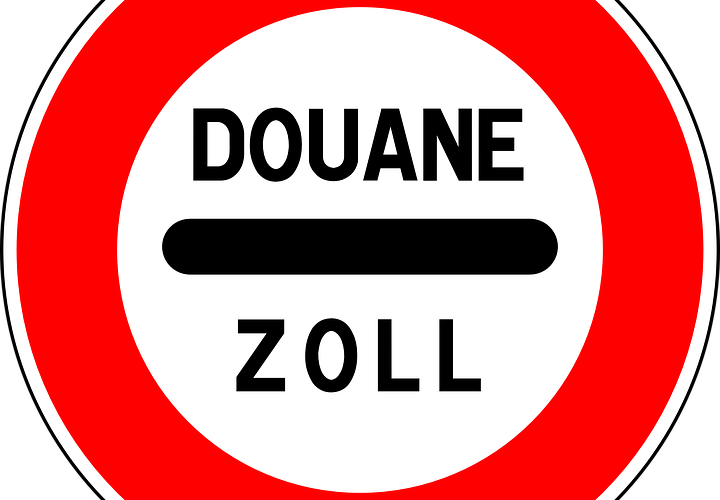There are two types of origin: preferential origin and non-preferential origin.
- Preferential origin is conferred on goods from particular countries when they fulfil the rules of origin provided for in the relevant preferential arrangement. In this case, the goods could benefit from a reduced customs duty or even free of duty. It should be noted that not all products necessarily have a preferential origin.
- Non-preferential origin rules are used for the application of all kinds of non-preferential commercial policy measures, like, for instance, the most-favoured-nation treatment, anti-dumping duties and countervailing duties, trade embargoes, safeguard measures, origin marking requirements, quantitative restrictions or tariff quotas, government procurement and trade statistics.
Non-preferential origin is obtained where goods are “wholly obtained” in one country or, when two or more countries are involved in the manufacture of a product, origin is obtained where goods underwent their last, substantial, economically-justified processing or working, in an undertaking equipped for that purpose, resulting in the manufacture of a new product or representing an important stage of manufacture.
Source ec.europa.eu
Latest Posts in "European Union"
- Roadtrip through ECJ Cases – Focus on ”Place of supply of Goods – Chain Supplies” (Art. 32)
- EU Must Intensify Efforts Against Tax Fraud and Corruption, Says Chief Prosecutor
- Complex Interplay: Transfer Pricing and VAT Challenges for Multinational Corporations in the EU
- Complex Interplay: Transfer Pricing and VAT Challenges for Multinational Corporations in the EU
- German E-Commerce Group Achieves Multi-Country VAT Compliance Post-OSS Suspension with hellotax Support













